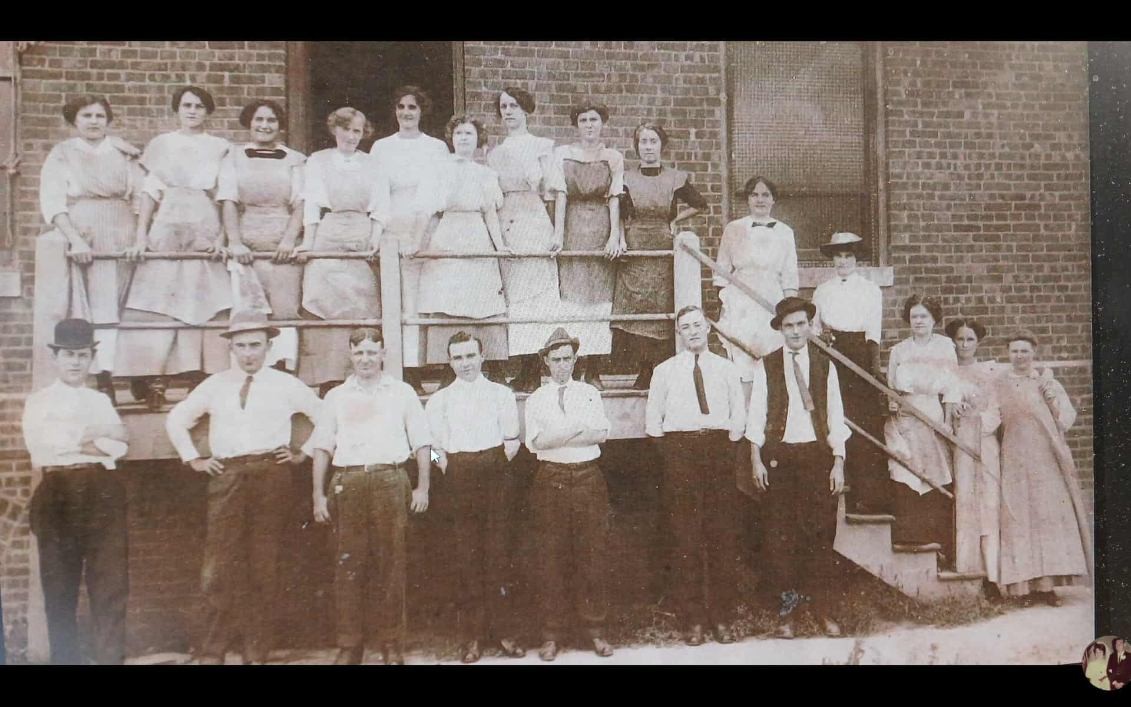The Kipp Factory and the Women Who Worked There: A Look at Hastings, Nebraska’s, Cigar-Making Boom and the Women Behind It
Shortly before Hastings, Nebraska became known as the birthplace of Kool-Aid, it was a cigar town. In the early 1900s, six cigar factories lined the downtown blocks, and thousands of cigars were rolled by hand each day—many by young immigrant women from the local community of Germans-from-Russia. As I researched my forthcoming historical novel, I found myself drawn to this chapter of local labor history. What follows is a glimpse into the tactile, rhythmic world of cigar making in 1916 Hastings.
In the early 1900s, Hastings, Nebraska, became the cigar-making capital of the state. By 1916, six factories operated downtown, producing over seven million cigars a year. Like, Kathryn, the protagonist in my forthcoming debut novel, most of the workers were young immigrant women from the local community of Germans-from-Russia. They were paid by the piece, expected to work fast, and trusted to roll cigars with precision and speed.
Cigar making was a layered process. Tobacco arrived in bundles and was sorted into filler, binder, and wrapper leaves. Wrapper leaves had to be flawless—moist, smooth, and free of blemishes. Workers kept them under damp cloths to keep them pliable.
The buncher’s job was tactile and precise. She arranged filler leaves by hand, working by feel to get the pack just right—not too tight, not too loose—so the cigar would smoke evenly. The bunch was wrapped in a binder leaf and placed into a wooden mold to shape it uniformly. Molds were stacked and pressed to support shaping before rolling.
Next came the roller, who laid the molded bunch onto a wrapper leaf—shiny side down—on a small cutting board. Using a knife with a curved blade, she trimmed the wrapper to fit and rolled the bunch tightly inside, smoothing the surface and tapering the ends. A small piece of wrapper, called the flag, was sealed to the head of the cigar.
Among Hastings’ factories, the Kipp Cigar Company stood out. Founded in 1909 by, then 30-year-old, John W. Kipp in a modest loft in the 800 block of West Second Street, the business grew rapidly. According to a newsletter posted on the Adams County Historical Website, by 1919, Kipp employed 125 people and shipped four million cigars annually across Nebraska, Kansas, and Colorado. Most of his workforce were young immigrant women from the local community of Germans from Russia—often disparagingly called South Side Rooshians. By 1925, Kipp’s factory was producing ten million cigars a year, accounting for half of Nebraska’s total output.
The industry’s decline came gradually. Cigarette popularity surged after World War I, and larger East Coast cigar companies outpaced local shops with national advertising. Kipp’s factory rolled its last cigar in 1947, but its legacy remains central to Hastings’ industrial history.
Though the industry faded and some of the buildings are gone—Kipp’s lost to fire in 2012, now replaced by a downtown greenspace—the legacy of Hastings’ cigar makers endures. Cigar making helped shaped the town’s early twentieth-century economy, and it helped shape the lives of many from the local community of Germans from Russia. For those of us with ties to Hastings, it’s a story worth remembering.


